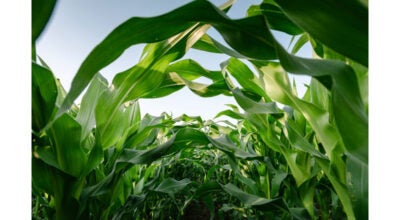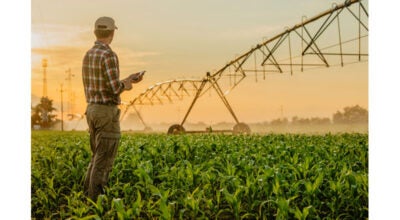Benchmark data helps turn wheels of agriculture
Published 10:38 am Wednesday, January 9, 2019
RICHMOND
What begins as a conversation with a farmer sometimes ends up as timely, invaluable data analyzed by the U.S. Department of Agriculture’s National Agricultural Statistics Service.
“NASS statistics are a pillar in American agriculture that keep us successful because they are an accurate representation of production and demand,” said Robert Harper, grain marketing manager for Virginia Farm Bureau Federation. “The whole world pays attention to NASS crop production reports because they are the standard.”
Harper constantly monitors the latest NASS reports as he assists Virginia farmers in making decisions about planting and selling soybean and grain crops. He calls the information “benchmark data” that documents every area in agriculture.
“If you want to know how many beef calves are produced in a county in Virginia or how many sweet potatoes are produced in the U.S., NASS has it documented and posted online,” he said.
NASS conducts hundreds of annual surveys and publishes more than 400 national reports each year. Every five years the agency conducts a census. Findings of the 2017 Census of Agriculture are scheduled to be released starting on Feb. 21.
“NASS data are crucial to the agriculture community and for Virginia’s No. 1 industry, said Herman Ellison, Virginia’s NASS statistician. “Completing NASS surveys gives farmers an opportunity to tell their stories.
The data that NASS provides helps the farmer to work smarter. Farmers can use reliable facts and figures to make well-informed decisions that eliminate guesswork, reduce risk and improve profitability.”
Once NASS collects the data, expert statisticians crunch the numbers to issue detailed, accurate reports.
Legislators use NASS findings to develop policy, and the USDA uses them to design critical programs. Local governments and community planners use the statistics to make decisions.
The numbers also help agribusinesses predict demand for their products, and they help researchers address challenging issues related to crop management and land usage.
But the data reaches far beyond the U.S. agricultural stream. NASS is recognized internationally for its timely and accurate statistics — essential for smooth and efficient markets.
“The speculators who move the futures portion of commodity prices make trading decisions based, in part, on NASS information, because there is integrity behind the numbers,” Harper said.





